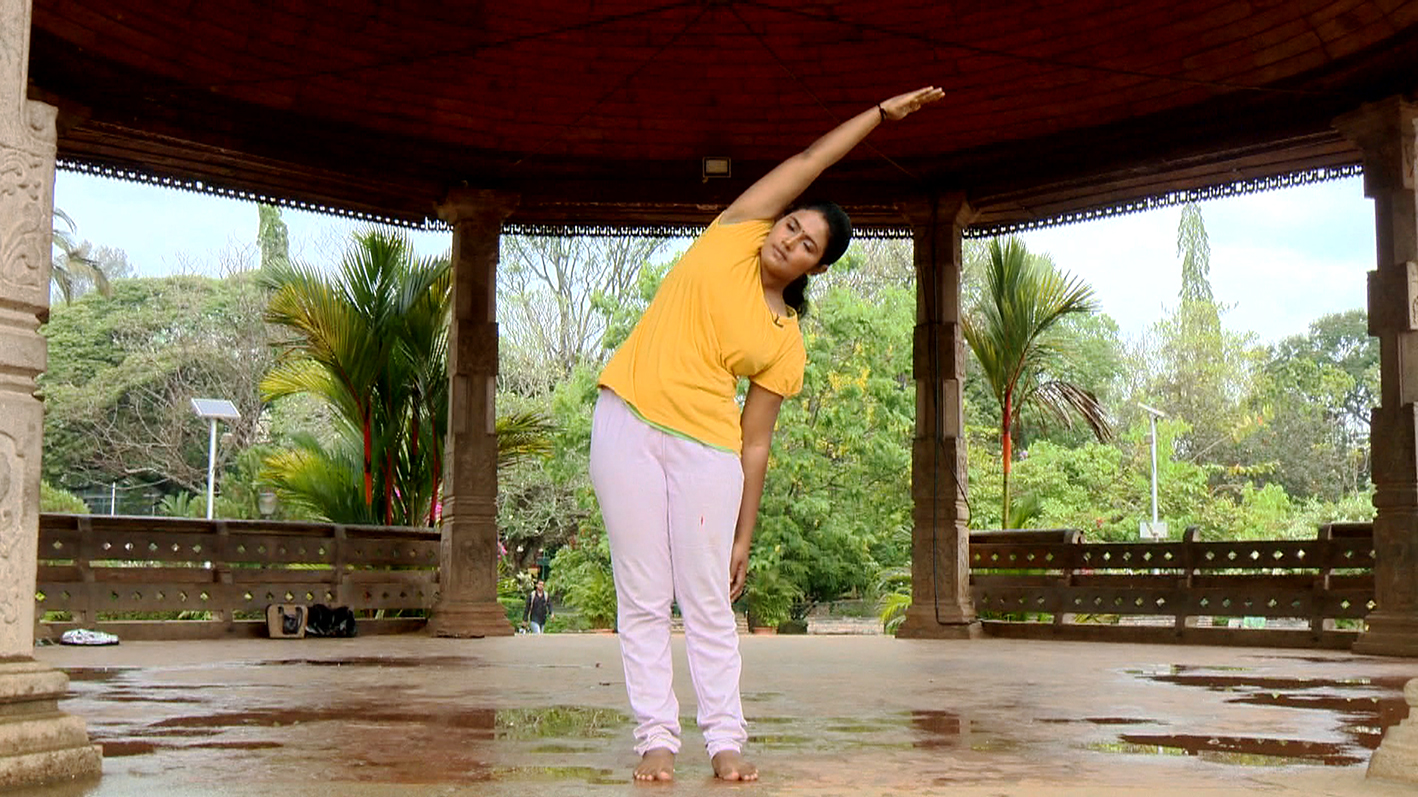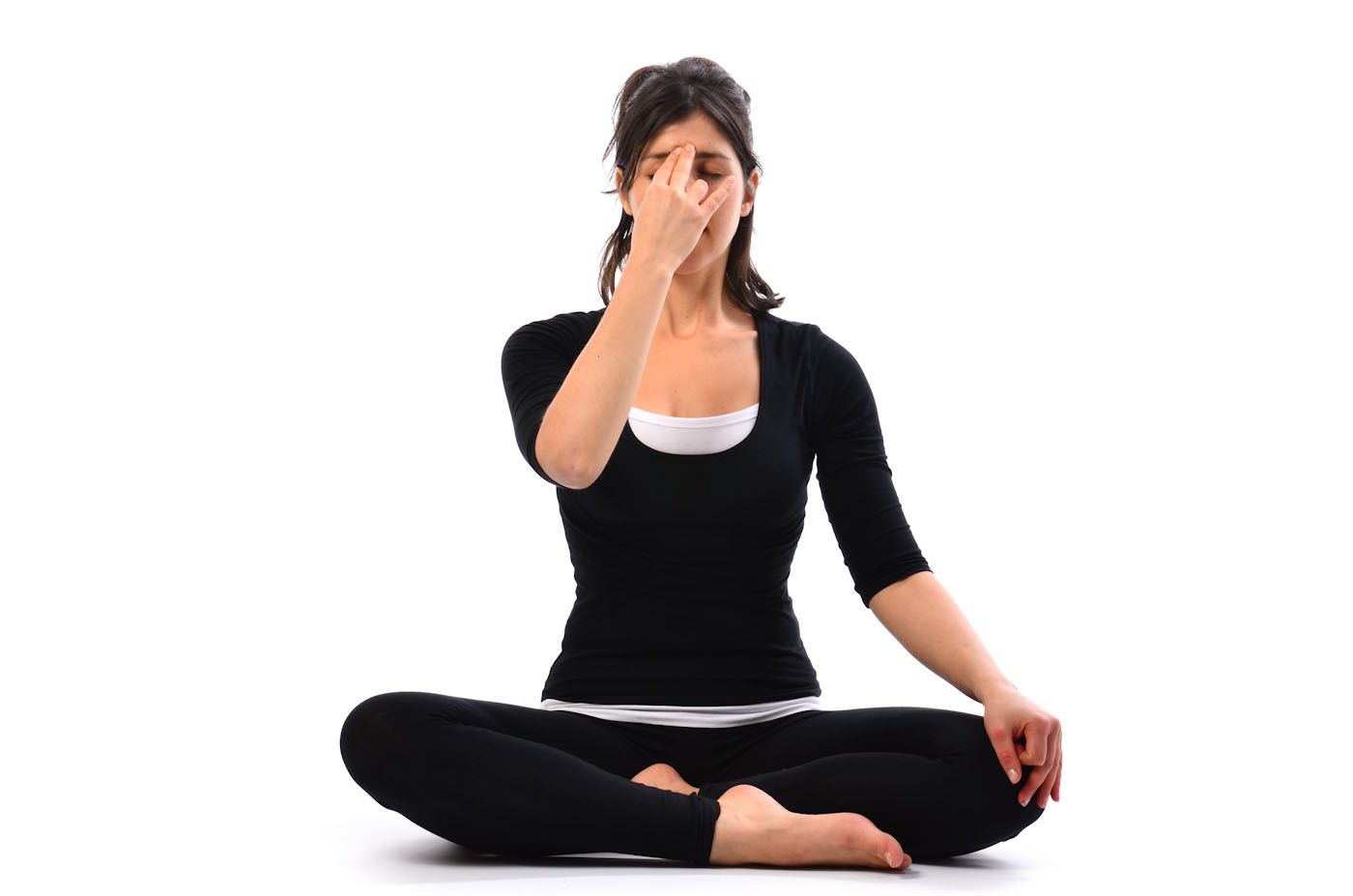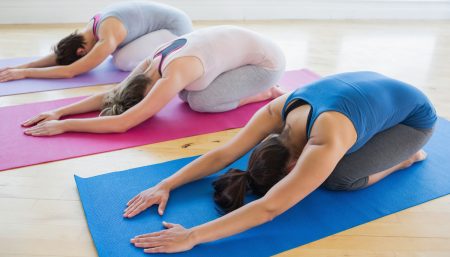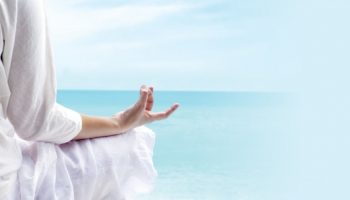
Epilepsy Awareness Day, or Purple Day, is celebrated annually on March 26 to increase the public’s understanding of this brain disorder and to eliminate the fear and stigma surrounding it.
Epilepsy is defined as a tendency to have repeated seizures that originate in the brain. The seizures occur due to a temporary interruption of brain activity, causing disturbance of consciousness or impaired awareness, strange or out of place sensations, or changes in movement or posture. Stress anxiety, loss or lack of sleep, flickering light, fast breathing are some of the known triggers that could be the immediate cause for an attack.
The brain is a highly complex structure composed of millions of nerve cells (neurons) that generate and conduct electrical currents which are responsible for a wide range of functions including consciousness, awareness, movement, body posture etc. In Epilepsy, the normal pattern of neuronal activity becomes disturbed leading to signal abnormality. Yoga defines this internal imbalance as an excessivere activity to situation (known/unknown) at manomaya, kosa. This speed ‘Vega’ at the manomaya kosa triggers off very high electrical potentials in too many nerve cells in different parts of the brain. This heightened activity sends down a bigshock that shows up as altered consciousness and body movements.
Stress is a well-recognized trigger of seizure activity. “Dhyana” or meditation soothes the mind as it heals the body.
The suggested yoga asanas are- suryanamaskar, ardhakati, chakrasana, bhujangasana, salabhasana and savasana followed by pranayam for 20 minutes, six days a week.
Surya Namaskar
- Come to stand in Tadasana, i.e., stand firmly on both the feet with the hands in a prayer position at the heart
- Inhale – Bring the arms up to Urdhva Hastasana
- Exhale – Swan dive down, hinging at the hips, bringing the palms flat on either side of your feet to Uttanasana
- Inhale – Bring the right foot to the back of the mat, come up on to the finger tips into a low lunge
- Exhale – Bring the left foot back to meet the right foot coming into Downward Facing Dog position
- Retain the Breath – Drop to your knees, chest and chin on the floor
- Inhale – Come forward to a low Cobra pose raising your head slightly
- Exhale – Come Back to Downward Facing Dog position
- Inhale -Bring the right foot next to the right hand into low lunge
- Exhale – Bring the left foot forward next to the left hand forward bend into Uttanasana(3rd step)
- Inhale – Bring the arms up to Urdhva Hastasana(2nd step)
- Exhale – Come to stand in Tadasana with the hands in a prayer position at the heart(1st step)
- (Repeat the entire sequence with the interchanging of legs; Do this as many times as possible (max 108 times).
Ardhakati Chakrasanana

- Stand firmly along with legs together (Tadasana). Press the heels and feet on the floor.
- Slowly stretch and raise the right arm above the head and extend with inhalation.
- Exhale slowly and move the trunk and right arm towards left side. the ear will touch the right upper arm. The left hand should be sided on left leg thigh.
- Stay in this position for 15 to 30 seconds with normal breathing.
- Inhale, slowly move the trunk and arm in order to come back to the normal position.Repeat the same be bending on the other side.
- Practice this exercise two times on both the sides.
Salabhasana
- Lie on your front. Rest your chin on the ground, then move it forward as much as you can, so that your throat lies almost flat. Put your arms by your sides, then push your hands under your body, and make them into fists or clasp them together. Bring your elbows as close together as possible.
- Inhale as you lift one leg. Hold this position for at least 10 seconds, then exhale while lowering your leg and repeat the pose with your other leg. Practice it 3 times on each side. Chin position: The further forward you push your chin, the more your spine can stretch and the more you will gain from this asana.
- Lie with your chin out, as in the Half Locust, then take 3 deep breaths. On the third, lift both legs off the ground. They may not come up far at first, but with practice you may be able to lift them much higher. Hold for as long as you can, then lower your feet. Repeat twice and then relax.
- Up and Up: With practice, you will be able to raise your legs higher. Eventually, you may even be able to lift your body vertically.
Balasana
- Kneel on the floor, and then sit directly onto your heels.
- Shift your knees until they are a little more than hip-width apart.
- Bend forward at the hip; bring your chest to rest between your thighs.
- Keep your buttocks in contact with your heels and rest your forehead on the floor. If this is uncomfortable, rest your forehead on a cushion or folded blanket-make sure it is high enough for you to be comfortable.
- Stretch your arms out in front of you on either side of your head. Lengthen the muscles as far as you can, really give a good stretch! Then slide your arms back to your sides, palms up and relax.
- Remain in this pose for as long as possible. Breathe deeply and relax into the posture.
Nadi Shodhana (Alternate Nostril Breathing)

- Sit comfortably with your spine erect and shoulders relaxed. Keep a gentle smile on your face.
- Place your left hand on the left knee, palms open to the sky or in Chin Mudra (thumb and index finger gently touching at the tips).
- Place the tip of the index finger and middle finger of the right hand in between the eyebrows, the ring finger and little finger on the left nostril, and the thumb on the right nostril. We will use the ring finger and little finger to open or close the left nostril and thumb for the right nostril.
- Press your thumb down on the right nostril and breathe out gently through the left nostril.
- Now breathe in from the left nostril and then press the left nostril gently with the ring finger and little finger. Removing the right thumb from the right nostril, breathe out from the right.
- Breathe in from the right nostril and exhale from the left. You have now completed one round of Nadi Shodhan pranayama. Continue inhaling and exhaling from alternate nostrils.
Complete 9 such rounds by alternately breathing through both the nostrils. After every exhalation, remember to breathe in from the same nostril from which you exhaled. Keep your eyes closed throughout and continue taking long, deep, smooth breaths without any force or effort. - Nadi Shodhan pranayama helps relax the mind and prepares it to enter a meditative state. Balances the left and right sides of the brain and calms the nervous system, which could play a part in seizure control.
Kapotanasana (Pigeon Pose)
- From the table position, slide the right knee forward, between the hands. Let the right foot slide over to the left. Slide the left leg back, lowering the hips towards the floor.
- Press down into the palms or fingertips, inhale and reach the crown of the head up, lengthening the spine. Exhale and sink the hips down into the floor. Roll the shoulders down and back and press and lean forward through the chest.
- Breathe and hold for 3-6 breaths.
- Move as deep into the posture as you can while still maintaining full deep breathing. Breathe and hold for 3-6 breaths.
- To release: support your weight with the hands as you slide the right knee back into the table.
- Repeat other side.
- Always part of my post-seizure practice, this pose lengthens the hip flexors whilst giving space to breathe into the body and check in with how you’re feeling.
Savasana
- To do Savasana, lie down on your bed on your back. Allow your arms and legs to splay outward. Turn your palms up. Relax your body. Relax your mind. Breathe. Don’t try to control your thoughts. Simply let them flow, and observe them quietly.
Epilepsy should not be understood as a single disorder, but rather as syndromic with vastly divergent symptoms, all involving episodic abnormal electrical activity in the brain and numerous seizures.
Ref:
Disclaimer
The Content is not intended to be a substitute for professional medical advice, diagnosis, or treatment. Always seek the advice of your physician or other qualified health provider with any questions you may have regarding a medical condition.

